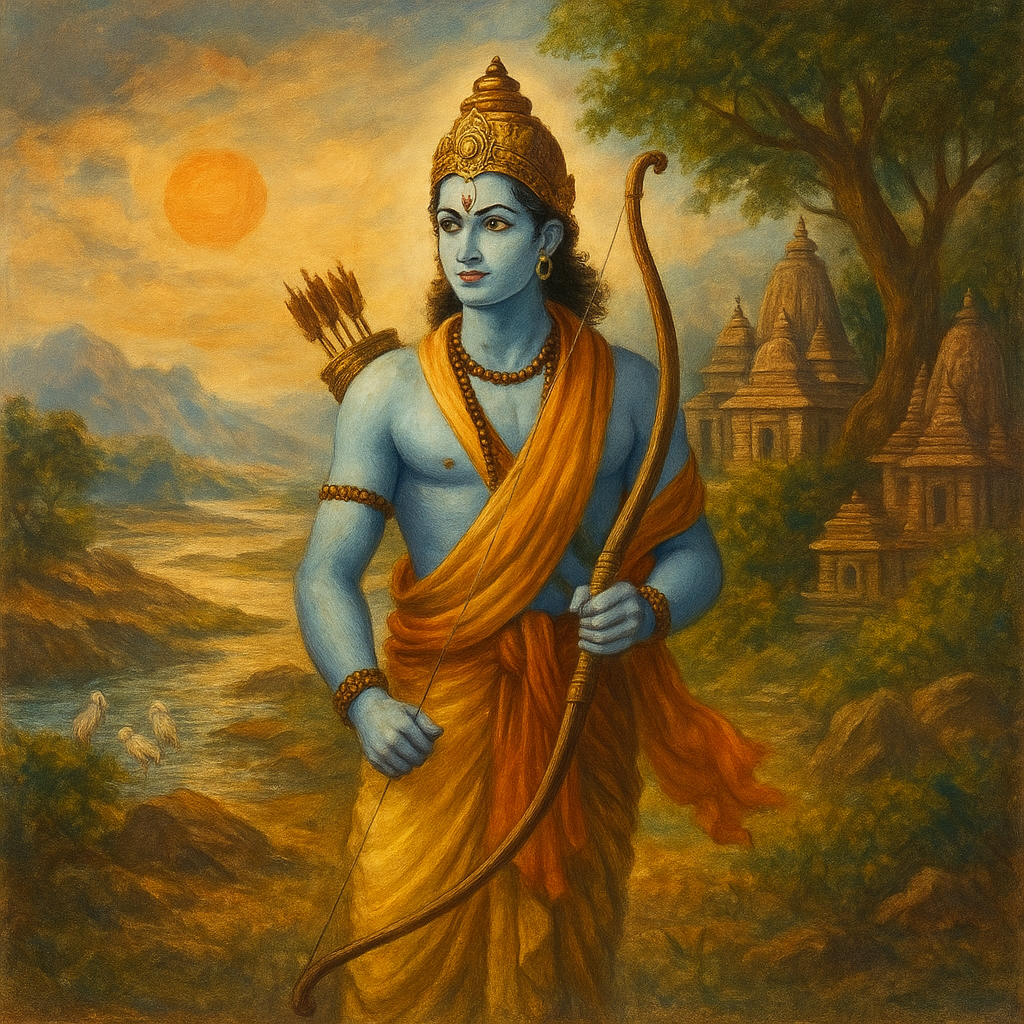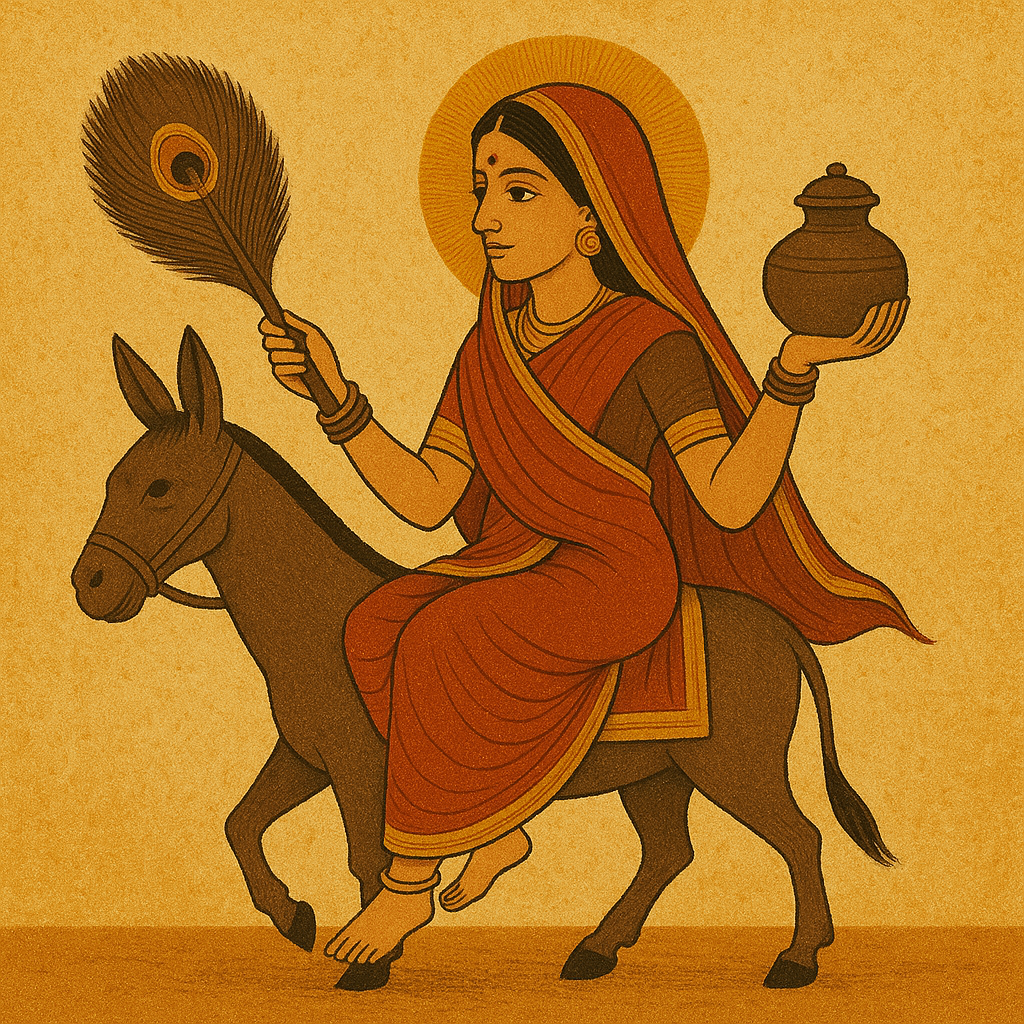
“Those who have loved are those that have found God”- Guru Nanak Dev
Guru Nanak's teachings established Sikhism, a monotheistic religion that emphasizes devotion to one God, equality among all people, and selfless service. Know everything about Guru Nanak Jayanti through this article.
About Guru Nanak Jayanti
Guru Nanak Jayanti, Guru Nanak Gupurab, Guru Nanak Prakash Utsab, or Prakash Parv is observed on a full moon day in Kartik to commemorate Guru Nanak Dev's birth anniversary. He was born on Kartik Purnima, April 15th, 1469, at Rai Bhoi di Talwandi, now Nankana Sahib near Lahore in Pakistan. He is the first of the ten Sikh Gurus and the founder of Sikhism.
When is Guru Nanak Jayanti? Date & Time
Guru Nanak (1469-1539 C.E.) was the founder of the religion of Sikhism. His birth is commemorated worldwide on the Hindu Lunar calendar on Kartik Purnima.
557
th
Birth Anniversary of Guru Nanak
Guru Nanak Jayanti on Tuesday, November 24, 2026
Purnima Tithi Begins - 11:42 PM on Nov 23, 2026
Purnima Tithi Ends - 08:23 PM on Nov 24, 2026
Guru Nanak Gurpurab Significance | When is Gurpurab (Guru Nanak’s Birthday)

Guru Nanak Gurpurab, or Guru Nanak Jayanti holds great importance as it honors the arrival of Guru Nanak Dev Ji, the visionary behind Sikhism and the foremost among the ten Sikh Gurus. This day is traditionally observed on the full moon day of the Kartik month in the Hindu lunar calendar, typically occurring in either October or November. The festivities commence with vibrant early morning processions, accompanied by the melodious singing of hymns (Shabads) and a continuous reading of the Guru Granth Sahib, referred to as the Akhand Path. A magnificent procession known as Nagar Kirtan is arranged, with the Panj Pyare at the forefront, guiding the faithful in melodious hymns and sharing the profound wisdom of Guru Nanak. The Gurudwaras are decorated with magnificent decorations, creating an enticing ambiance. Additionally, a heartwarming tradition of serving community meals, known as Langar, is practiced, which highlights the principles of equality, humility, and selflessness. The Golden Temple in Amritsar holds a special place in the hearts of many, drawing in a multitude of devotees who come together to celebrate. Embracing acts of kindness and selfless service are at the heart of this day, embodying the profound teachings of Guru Nanak Dev Ji.
Guru Nanak Jayanti Celebration

On Guru Nanak Jayanti, followers engage in early morning processions (Prabhat Pheris), pay visits to Gurudwaras to offer prayers, and immerse themselves in the recitation of the Guru Granth Sahib. The Langar (community meals) are beautifully orchestrated, with individuals selflessly coming together to extend acts of kindness and generosity. Through these acts, the teachings of Guru Nanak on the values of equality, humility, and service are shared and embraced.
How to celebrate Guru Nanak Jayanti?
.jpg)
On Guru Nanak Jayanti, the Akhand Paath of the Guru Granth Sahib is conducted at gurudwaras. A day prior to Guru Nanak Jayanti, a procession is carried out on a palanquin, which is accompanied by music, singing, and 'Gatka' (martial arts) teams who demonstrate their swordsmanship. Prayers are carried out at gurudwaras early in the morning, followed by a community langar. The congregation sings Gurbani, composed by Sikh Gurus.
The celebrations of the day begin early in the morning with Prabhat Pheris at the gurudwara. A procession named Nagar Kirtan is organized a day before Gurpurab and led by the Panj Pyaras. Devotees sing hymns and recite katha on this day. Delicious langar food is served, and kada prasad is distributed in the afternoon.
To celebrate Gurpurab, one can do the following

Attend Gurdwara Services:
You can participate in the morning procession “Prabhat Pheri” & sings sings & perform kirtan while walking through the streets. You can choose to attend the Akhand Paath which is a 48 hours continuous recitation of Guru Granth Sahib the holy scripture of the Sikhs. You can volunteer in the preparation or serving of Langar which a free community meal
Celebrate at home:
Decorate your house with lights, candles and flowers, organize a Akhand Path at home and call your friends and family to attend the rituals. Spread the message of Guru Nanak to your immediate friends and family

Engage in Seva:
One can engage in various acts of Seva, organize free community meals for the poor, helps those in need, make donations to charitable organizations.
Reflect on Guru Nanak’s Teachings:
Spend time readings & understanding the core teachings & hymns of Guru Nanak which teach oneness of God, Equality of all humans, community service & sharing, social responsibility, truthful living & meditation & japa in Gods Name

Meditation & Japa:
Guru Nanak teaches people to reject superstitions & adopt humanistic principles, as per Sikh philosophy the only way to attain God is to meditate and recite & remember his name through “Naam Japo”. This develops a personal relationship with God to attain enlightenment & inner peace
Importance of Guru Nanak Jayanti

Guru Nanak Jayanti, which is also called Gurpurab, holds immense significance because it celebrates the birthday of Guru Nanak Dev Ji, the founder of Sikhism. It also shows the core values and principles of this deep religion. This happy day is a powerful reminder of Guru Nanak's life-changing teachings, which emphasized that God is one, that all people are equal, and that selfless service and devotion are important.
Sikhs all over the world get together for spiritual reflection by going to gurdwaras, praying, and doing community service, especially by giving out langar, which shows the spirit of generosity and openness that was central to Guru Nanak's vision. The message of religious tolerance from Guru Nanak is echoed in the Nagar Kirtan processions and cultural celebrations, which not only honor Sikh heritage but also encourage harmony and mutual respect between different religions.
Guru Nanak taught 'Vand Chakko', 'Kirat Karo' and 'Naam Japna.’ 'Vand Chakko' means sharing with others and helping the needy. 'Kirat Karo' means living with integrity without exploiting anyone or committing any fraud. 'Naam Japna' means controlling evil by chanting God’s name. At the birthplace of Guru Nanak, a gurudwara was built at Nanakana Sahib.
Guru Nanak Jayanti is a day of deep spiritual meaning, community unity, and cultural celebration that encourages people to live by the timeless values of love, compassion, and devotion to God every day.
History of Guru Nanak Jayanti

Guru Nanak Jayanti has its origins in the 15th century, with the birth of Guru Nanak Dev Ji on April 15th, 1469 (Gregorian calendar) at Talwandi Nankana Sahib. Initially observed by Guru Nanak's devotees and followers, it gradually evolved into an organized annual celebration. Sikhs all over the world mark this occasion with deep devotion, attending gurdwaras for prayers and kirtan, performing acts of seva, and marching in Nagar Kirtan processions, emphasizing the enduring values of love, compassion, and unity exemplified by Guru Nanak's life and teachings. The day commemorates his life, achievements and legacy.
Life of Guru Nanak

Guru Nanak was born in a Kshatriya family to Kalyan Das alias Mehta Kalu and Tripta Devi. Mehta Kalu was a farmer and an accountant. Nanak had a mystic disposition since childhood and spoke to Sadhus about God. He devoted most of his time to meditation and spiritual practices. In his early years, he worked at a warehouse. He was paid in provisions for performing his duties. He did, however, distribute the goods to the poor.
At 16 years old, Guru Nanak Dev was married to a girl named Sulakhni who lived in Lakhauki. He had two sons, Srichand and Lakhmi Das. However, he eventually left his family and went to the forests for severe penance. Disguised as a fakir, he lived in the jungles and sang inspiring songs. Mardana, a minstrel from Talwandi was a faithful devotee of Guru Nanak. At the age of 34, he became a public preacher. He toured northern India along with Mardana. He travelled throughout India from Saiyadpur in West Bengal to Kurukshetra, Haridwar, Vrindavan, Varanasi, Agra, Kanpur and Prayag in Uttar Pradesh, Patna, Rajgir and Gaya in Bihar and Puri in Orissa. He also travelled extensively to Sri Lanka, Myanmar, Mecca, Medina, Turkey, Baghdad, Kabul, Kandahar and Siam.
Guru Nanak preached purity, justice and goodness. He composed beautiful mystic poems contained in 'Japji'. Today, every Sikh sings this at daybreak. Through 'Japji', he gave vivid descriptions of the stages that a man must pass through to reach the abode of eternal bliss. He spent the last days of his life at Kartarpur in Pakistan with his family and his devotee Mardana. He died in 1539 AD at the age of 69 at Kartarpur. Gurudwara Darbar Sahib at Kartarpur was built in his memory. He was succeeded by Guru Angad.
Legends of Guru Nanak

According to a legend, Guru Nanak once visited Mecca. The Mohammedans found Nanak sleeping with his feet facing the Kaaba, the direction in which the Muslims prostrate while performing their prayers. Qazi Rukn Uddin remarked on why he turned his feet towards Mecca. Nanak asked him to turn his feet where God is not present. Qazi angrily turned his feet in the opposite direction. To his surprise, the mosque started moving. The Qazi was shocked and recognized the glory of Guru Nanak.
According to another legend, Guru Nanak visited Hassan Abdal in the Attock district of the Northwestern frontier in 1520 AD. He sat under a peepal tree at the foot of a hill. Mardana, his devotee, used to fetch water from a spring of water at the hilltop. A Mohammedan saint named Baba Vali Kandhari, who lived on the hill, refused to give any water to Mardana. Soon, the spring on the hilltop dried, and a spring rose at the foot of the hilltop. The saint was enraged and hurled a rock from the hilltop, where Guru Nanak sat. Miraculously, he blocked the rock with his bare hands. This left the saint surprised, and he immediately prostrated at the feet of Nanak to seek pardon.
The Core Teachings of Guru Nanak

Guru Nanak Dev Ji left a profound and timeless legacy of teachings that continues to guide and inspire millions of people today. The following key principles summarize his teachings:
Guru Nanak emphasized the belief in one formless, all-pervading God as the creator of the universe (Ik Onkar). This concept emphasizes Sikhism's monotheistic nature and the importance of a direct and personal connection with the divine.
Guru Nanak was an outspoken opponent of the caste system and all forms of discrimination. He emphasized that all humans, regardless of caste, creed, gender, or social status, are fundamentally equal. This principle of equality is a central tenet of Sikhism.
Sikhs are encouraged to engage in selfless service for the benefit of humanity (Seva). Seva entails act of compassion and kindness, such as feeding the hungry, caring for the sick, and assisting those in need. It is regarded as a means of serving and connecting with God.
Guru Nanak stressed the significance of leading an ethical and righteous life. Sikhs are taught to be truthful, humble, and virtuous in everything they do.
Guru Nanak advocated meditation and prayer as ways to connect with God. He believed in the importance of remembering God's name (Naam Japna) and always remaining aware of the divine presence.
Sikhs are encouraged to share their blessings with others (Vand Chakna). Guru Nanak advocated for sharing one's wealth and resources with those in need. This principle is reflected in the langar tradition, in which free meals are provided to all in Sikh Gurdwaras.
Guru Nanak condemned empty rituals and ceremonies that lacked true devotion and understanding. He was an outspoken supporter of a straightforward and heartfelt approach to spirituality.
Guru Nanak advocated for women's equality in society. He spoke out against women's mistreatment and oppression, stressing their importance in the family and community.
Sikhs are encouraged to live in close-knit communities and to support one another in their spiritual and social endeavors. This principle is exemplified by the concepts of Sangat (congregation) and Pangat (sitting in a row while sharing a meal).
These teachings laid the groundwork for Sikhism, a faith that values living a just and righteous life, devotion to God, and selfless service. Guru Nanak's legacy continues to influence Sikhism's practices and values, as well as inspire people from all walks of life all over the world to work for a more compassionate and equitable society.


-in-Astrology.jpg)






.jpg)



Comments 0
Leave your thought here